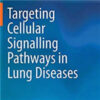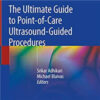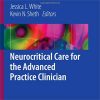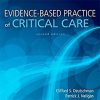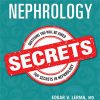Evaluation of a Safer Opioid Prescribing Protocol (SOPP) for Patients Being Discharged From a Trauma Service
journals.lww.comThe aims of this study were to evaluate the effects on opioid medication prescribing, patient opioid safety education, and prescribing of naloxone following implementation of a Safer Opioid Prescribing Protocol (SOPP) as part of the electronic health record (EHR) system at a Level I trauma center. This was a prospective observational study of the EHR of trauma patients pre- (n = 191) and post-(n = 316) SOPP implementation between 2014 and 2016. At a comparison Level I trauma site not implementing SOPP, EHRs for the same time period were assessed for any historical trends in opioid and naloxone prescribing. After SOPP implementation, the implementation site increased the use of non-narcotic pain medication, decreased dispensing high opioid dose (≥100 MME [milligram morphine equivalent]), significantly increased the delivery of opioid safety education to patients, and initiated prescribing naloxone. These changes were not found in the comparison site. Opioid prescribing for acute pain can be effectively reduced in a busy trauma setting with a guideline intervention incorporated into an EHR. Guidelines can increase the use of nonnarcotic medications for the treatment of acute pain and increase naloxone coprescription for patients with a higher risk of overdose.



